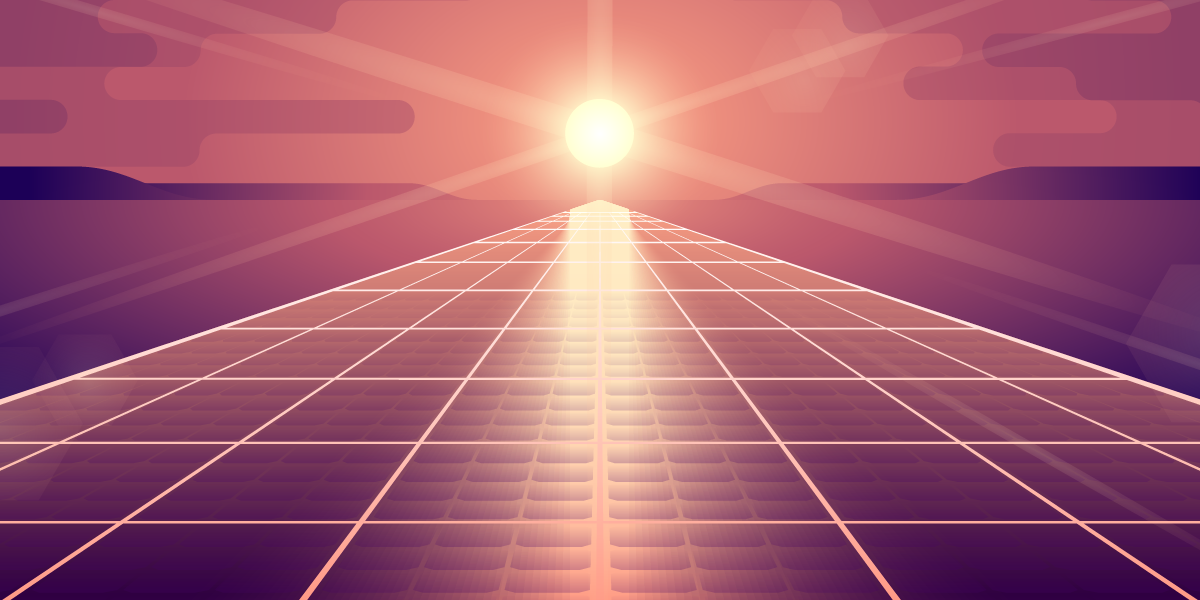
Utility-scale solar photovoltaic plants in 2030 are likely to look different and have more capabilities than they do today, according to an EPRI study. Over the next decade, plant operators and developers are expected to use various design strategies and technologies to continue deployment and mitigate declining solar value.
Solar energy is becoming a victim of its own success. As with other electricity generating assets, the more capacity deployed in a region, the less each additional unit is worth. The U.S. Energy Information Agency projects that solar will account for more than half of electricity capacity added between now and 2050. In some regions, high solar penetration is likely to provide nearly 100% of mid-day power demand. Increasingly, grid operators may need to curtail solar plant output, reducing its value. Solar’s value also may decline as peak demand shifts to after sunset.
Through analysis of commercially available and emerging technologies, researchers projected that future plants will enhance plant value and flexibility through approaches that include:
- Advanced controllers through which remote operators instruct solar plants to provide ancillary services such as frequency regulation and fast ramping.
- Lithium ion batteries to store energy for feeding into the grid when demand is greater and the power more valuable.
- Single-axis tracking systems that produce roughly 20–30% more energy than fixed-tilt systems. While capital costs are higher, their increased production can result in a lower levelized cost of electricity in certain locations. As tracking costs decline, it’s anticipated that such systems will become more cost-effective in more regions relative to fixed-tilt, leading to increased deployment.
- String inverters are becoming more popular, particularly for plants under 100 megawatts, driven by declining capital costs, lower installation and maintenance costs, fewer types of equipment needed, and increased energy output in certain scenarios (such as when a plant is partially shaded). In the past, plant developers have primarily used large central inverters.
- Bifacial modules to increase energy yield.
Key EPRI Technical Experts:
Joe Stekli, Nicholas Pilot, Michael Bolen, Robin Bedilion
For more information, contact techexpert@eprijournal.com.
For more information, contact techexpert@eprijournal.com.










0 nhận xét:
Đăng nhận xét